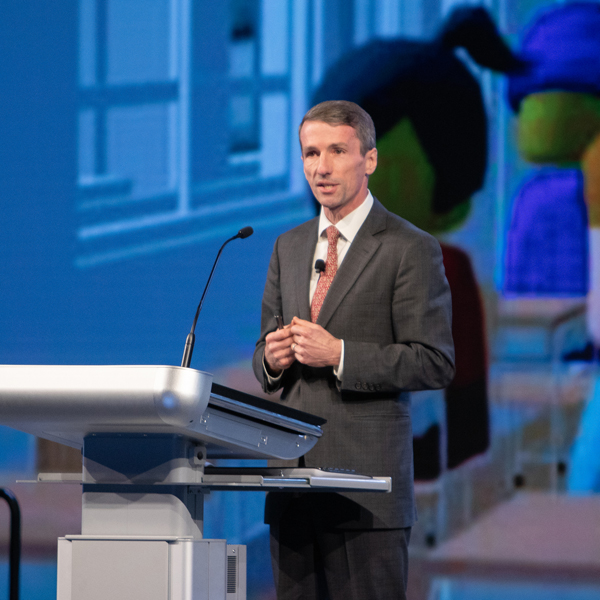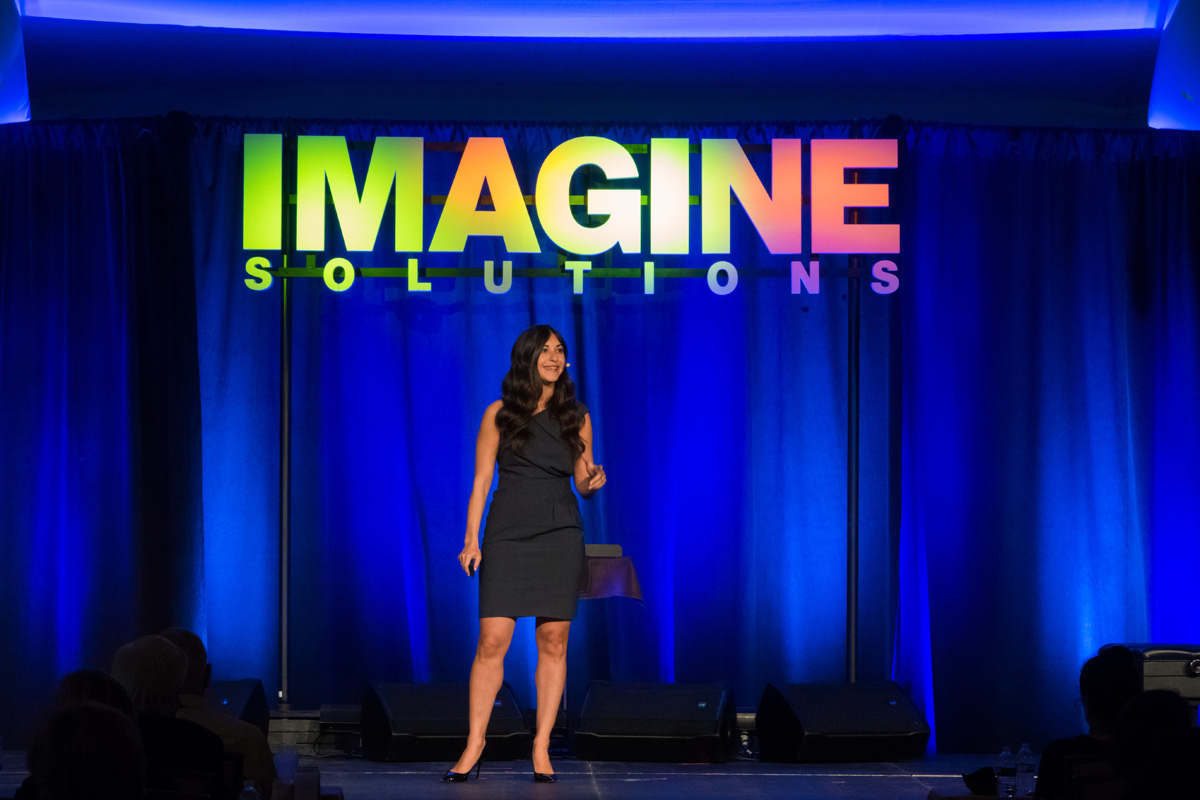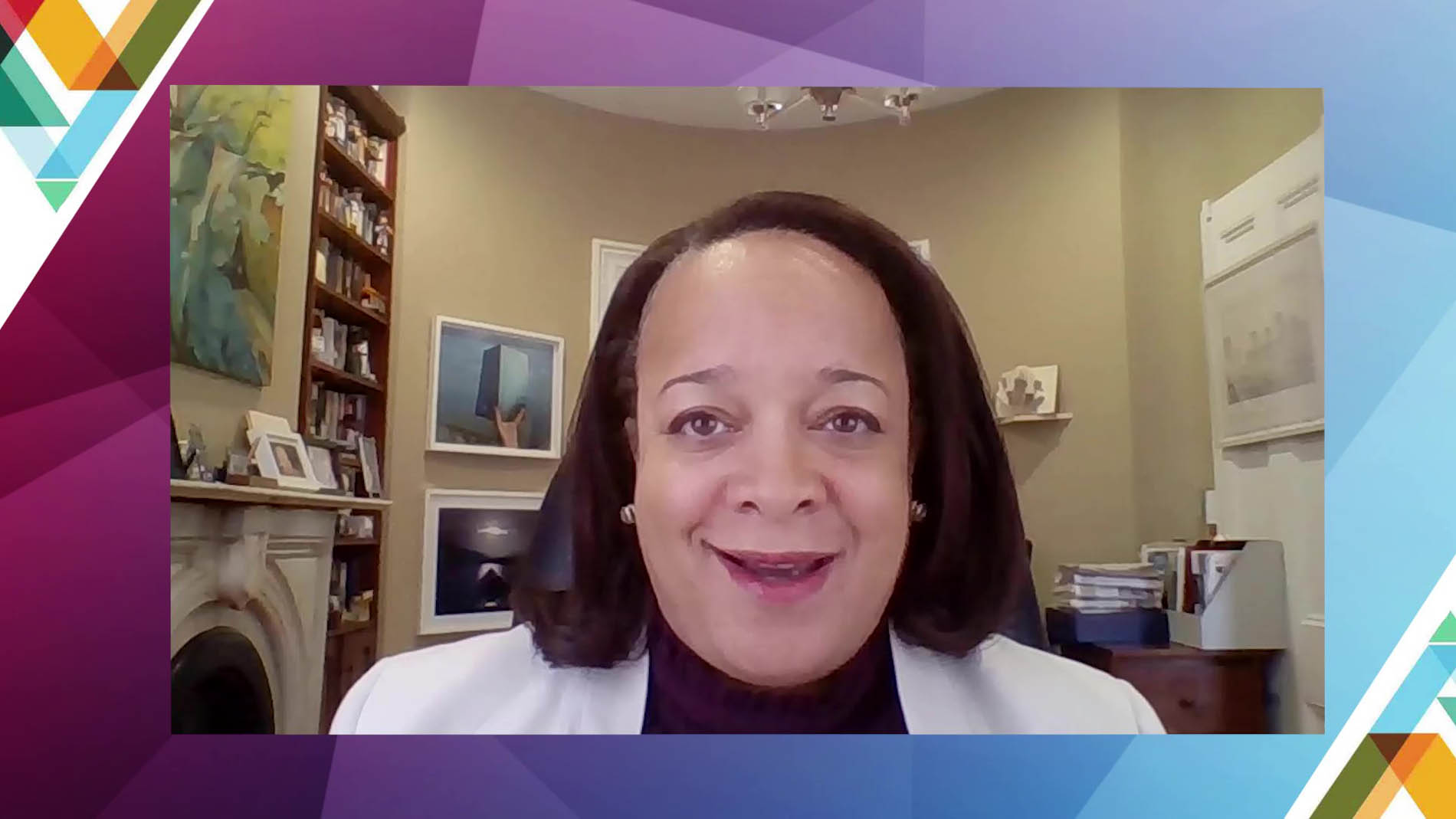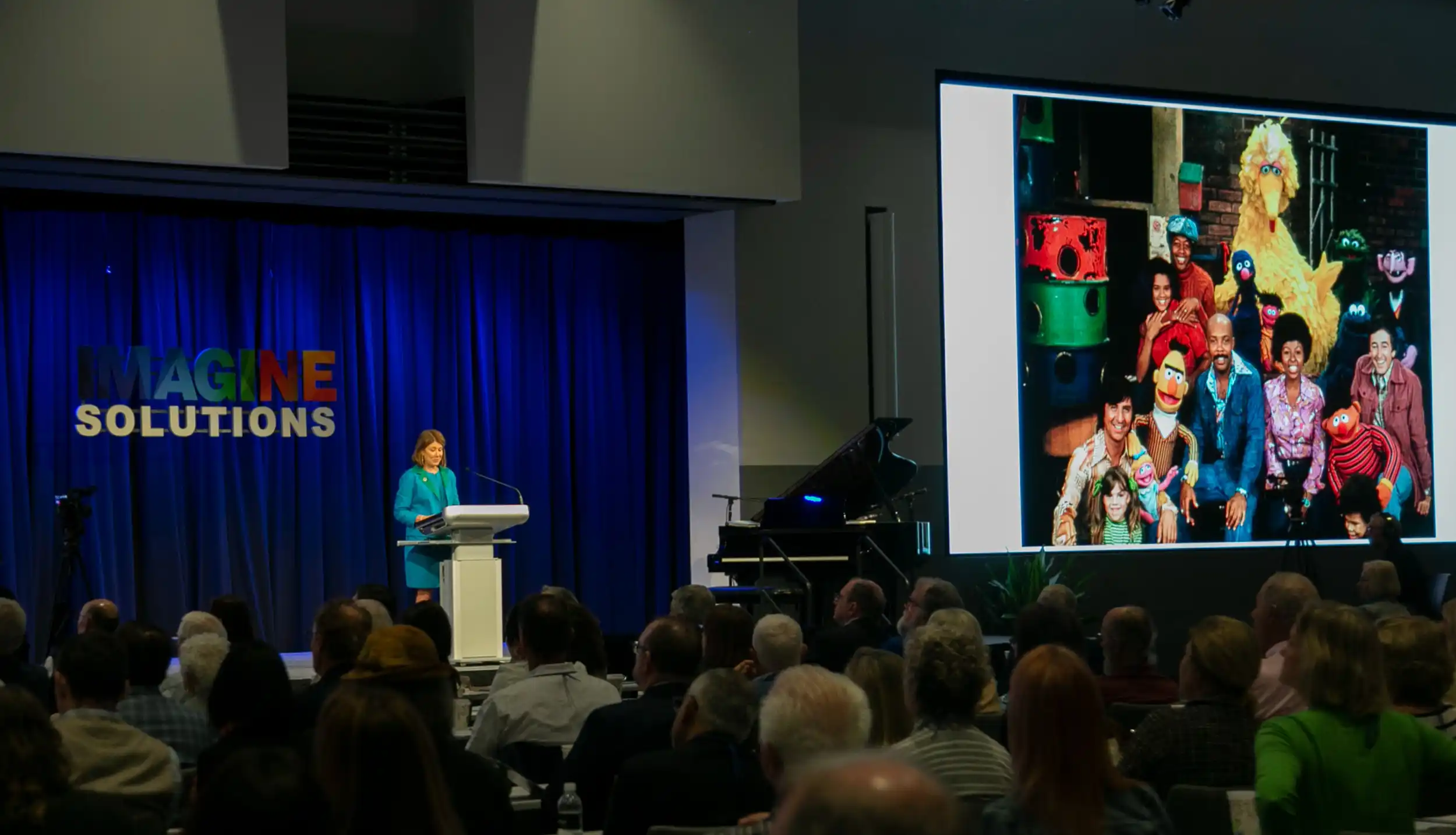Education – How to Fix Schools
Education policy expert Martin West unpacked the complex challenges facing America’s schools—and the surprising disconnect between public perception and educational priorities. As Academic Dean at the Harvard Graduate School of Education, West shared data-driven insights on what parents, teachers, and students really want. At a time when education is both politicized and vital, West brought clarity and perspective.
00.00
[Music] martin West is the academic dean and Henry Lee Shhatock professor of education at the Harvard Graduate School of Education he's also a faculty research fellow at the National Bureau of Economic Research expert on the events and trends that influence and impact education across the country and at different age levels the CO 19 panic disrupted student learning and development and resulted in significant learning loss and an increase in mental health challenges the average public school student as you might well surmise in grades 3 to eight lost the equivalent of a half year of learning in math and a quarter year in reading mr west is a co-author of the book Teachers Versus the Public: What Americans Think about Schools and How to Fix Them let's find the answers to those questions from one of America's top
01.02
educators Martin West please welcome Mr west [Music] welcome good to have you here Martin thank you all right good morning thank you Tyler uh thank you Randy thank you all for the opportunity to speak to you today so what I want to do over the next 20 minutes is share with you some new evidence on how US students are fairing academically in the wake of the CO 19 pandemic share some thoughts on how we might help them do better and do both of those things while drawing on and making the case for the importance of something known as the National Assessment of Educational Progress or the nation's report card this is in my opinion uh perhaps the most important activity undertaken by the United States Department of Education and in an environment of uncertainty about federal
02.00
research and development spending as we started this morning's conversation uh I think it behooves us to pay attention to its importance um this is a timely moment to be thinking about these questions of how students have recovered from learning loss associated with the pandemic it was 5 years ago this week that schools the 100,000 schools in the US serving 50 million students shut their doors first for two weeks to slow the spread of the virus then for two or three months to close out the school year and then in many regions of the countries on into the entirety of the subsequent 2021 school year this is not a talk about the merits of those decisions while that might be interesting to reflect on my hope is that we'll never face that precise set of tradeoffs with public health and youth well-being again in the future uh rather this is the context in which we
03.00
can ask and answer questions about how students are fairing currently and as I said we're going to draw on the National Assessment of Educational Progress or the NAPE in order to do that the NAPE is the only ongoing assessment program that is routinely administered to nationally representative samples of American students so you have the uh college entrance exams from uh like the ACT and the SAT those tests are national in scope but they're highly selected in terms of the population that participates and that selection varies over time and from place to place then we have the standardized math and reading tests that states administer to all students attending public schools the challenge with those is that they vary from one state to the next making direct comparisons impossible it is only the NATE program that gives us a common yard stick that allows us to answer questions like how are US students as a
04.00
whole doing academically how does today's how do today's students compare to prior generations and how much progress are specific groups of students making over time the NAPE program is administered by the National Center on Education Statistics within the US Department of Education its work is overseen though by what's known as the National Assessment Governing Board this is a committee of 26 representatives of state and local education systems and governments there's not a single federal official on the National Assessment Governing Board it is comprised entirely of state and local representatives in order to ensure that the testing program uh although funded with federal dollars is aligned to state and local needs over the past six years I've had the honor of being a member and over the past two years the vice chair of the national assessment governing board and it's thanks to the NAPE we first about two years ago learned about the devastating
05.01
impact that CO 19 and the associated school closures had on student learning the headline from September 2022 noting that the pandemic erased two decades worth of progress in the core academic subjects of math and reading and so uh earlier this year we had a chance to look at what the data showed at the end of the 2324 school year uh when the latest round of NAPE tests were administered uh and in order to get you oriented to this picture there'll be some like it i'm going to first let you know that around 10 or so points on the NAPE scale is roughly equivalent to a year's worth of learning now our colleagues at the National Center for Education Statistics hate it when I say that uh because they point out that learning is not a strictly linear process that some students learn faster than others uh and so they find ways to
06.00
quibble with that comparison but we need to give people some way in order to make sense of the numbers in which these uh test results are displayed so what does that mean and if we think about roughly 10 points as roughly a grade equivalent what you see is that contrary to widespread understanding of American education students have made considerable progress towards higher levels of knowledge and skill over time the main nape tests have been given for about three decades now back to 1990 and you see that here in grade four math students have improved the equivalent of two and a half or three grade equivalents over that period of time at least that was the case as of 2019 and then we can zero in to what happened in the wake of the pandemic you see that there was a drop of five points unprecedented in the history of the NAPE testing program and equivalent to about a half a year's worth of learning and
07.00
then you see between 2022 and 2024 you had a a modest improvement of one point making about a 20% uh of that decline um if we and that's the good news I should say if we uh look at grade 8 mathematics you see that there was an even larger decline about three quarters of a grade equivalent and no evidence of improvement between 2022 and 2024 so the first lesson from the NAPE data is that we still haven't recovered from learning loss associated with the pandemic and uh that is the case not just overall as a nation but uh across the 50 states all of which participate separately in the program so in all 50 states in at least one of the grades and subjects assessed by the NAPE program performance is lower in 2024 than it uh was in 2019 so that
08.00
includes states like Florida that were more aggressive in reopening their schools for in-person instruction and states like California which were much slower the impact uh and the persistent learning loss in the wake of the pandemic is a pervasive phenomenon um so we still haven't recovered from the pandemic we might ask why has recovery been so hard that's what I'm asked a lot uh and I think the very fact that I'm asked this question a lot points to the fact that people may not be thinking about learning uh loss and recovery from a disruption to education in exactly the right way now when my fitness routine is interrupted by an injury or a busy stretch at work I notice that my conditioning rapidly deteriorates and my first workout or two when I drag myself back to the gym are a bit of a drag but if I push through that initial
09.01
resistance I notice that pretty quickly I'm back to my pre-disruption baseline at least my 48-year-old pre-disruption baseline uh and you know my recovery has occurred as a natural process without much additional investment i think that's the type of metaphor that people have in mind when they think about the challenge we're presented as a result of the COVID pandemic uh I think a better metaphor actually comes from saving for retirement if a household emergency requires me to skip one of my planned deposits into my retirement account that gap in my savings relative to what I projected is going to persist until I find a way to make up the mispayment in fact I better find a way to make it up with interest right and that's the type of process that needs to occur if students are going to fully recover from their losses if we just get kids back into classrooms learning in person under
10.02
prepandemic conditions there's nothing in the science of learning and development that tells us that they should catch up over time rather we need to give them additional opportunities to learn to make up for the instructional time that they lost and that would be the case even if learning conditions after the pandemic were the same as they were pre- pandemic but they're not and the most obvious way in which that's the case is that the rate of chronic absenteeism that is the share of US students who miss 10% or more of the academic year has more than doubled from roughly 14% in 2019 to 25% in 2022 and that number has been very stubborn in coming down and I worry that we may have sent a signal during the pandemic that school attendance is less important than perhaps it actually is a third challenge towards learning recovery has been that uh we've talked a lot about inflation in recent years
11.01
while grade inflation in public education is no exception in fact while student learning has declined in recent years the grades students are receiving and therefore the signals parents are receiving about their child's preparation are higher than ever uh it's not the case that from a policy perspective we ignored learning loss altogether the federal government invested about $180 billion over the past two years in supporting schools in COVID recovery efforts but those dollars were very poorly targeted and only 20% of them school districts were required to use to support learning recovery efforts and then finally as a general matter I think public awareness of the problem and pressure on policymakers to address it has been lacking uh amid a understandable post-pandemic desire to get back to normal so lesson number one we still haven't recovered from the pandemic lesson number two much more
12.00
quickly is that it's not just the pandemic that is the root of our problems here I've switched from math in grade four and grade eight to reading starting here in grade four and what you'll see is that if I didn't tell you or you didn't know when a disruption to children's learning from an external factor occurred uh you wouldn't be able to place that disruption visually in the 2019 to 2022 era rather what you see is that the decline in students reading performance in the US starts around 2015 in grade 4 around 2013 in grade 8 and rather than there being any evidence of recovery from pandemic learning loss between 22 and 24 rather we see continued decline so reading knowledge and skills are trending in the wrong direction and that's been the case uh since well before the pandemic for nearly a decade now and I think it's
13.02
useful as we think about this to remind ourselves that assessments like the NAPE yes they capture what schools contribute to student learning but they also capture what's happening outside of schools as well and as we think about potential explanations for what we're seeing we need to keep that in mind here's data from surveys the NATE program administers asking students these are 13y olds how often they read for fun on their own time and what you see is that in just the past decade from 2012 to 2023 you see that the share who say that they read for fun on their own uh almost every day has been cut in half from 27% to 14% at the other extreme the share who say that they never or hardly ever has increased by more than 50% from 22% to 31% so I think we need to acknowledge the extent to which schools may be facing an uphill battle when it comes to the environment for the
14.01
development of reading skills in the era of what's been called the screenbased childhood and the rise of social media lesson number three from the nation's report card is that inequality in student achievement between high achieving and low achieving students is growing here's data you've already seen on the math skills of eighth graders over the past uh 15 years or so uh just uh displayed in a different manner uh and what you see is that it's been pretty much stagnation and then you see the setback associated with the pandemic in 2022 and 2024 but look down at what's happening to students who are performing at the 10th percentile of the distribution of achievement you see that they've been trending uh steadily downward and then experienced even larger losses in the pandemic era what
15.00
about at the other extreme of the distribution students at the 75th or the 90th percentile well they've been holding their own or even increasing their achievement over time so what we've seen over the past decade in both math and in reading is a fanning out of achievement between high achieving and low achieving students and as a result of that uh there's been a sharp increase in the share of US students overall who are failing to reach what the NATE program defines as even a basic level of competency in literacy and numeracy the goal of course is for all students to reach proficiency that's a good benchmark of whether they're on track to enter college uh ready for college level work without remediation but we have growing shares of students who are failing even to meet a much more uh basic and modest objective and that's a result of growing inequality a fourth
16.03
lesson from the National Assessment of Educational Progress is that geography matters that the level of student knowledge and skills varies widely from one place to the next in the US in a way that reflects the decentralization of decision-making in American education and the role of state policy uh the deepest blue uh regions in this figure here are uh counties where uh the average student is about three and a half to four grade levels below the national average the deepest green are counties where the opposite is true three to four grade levels ahead of average and of course a lot of this variation uh geographically reflects variation in students family circumstances here you see the relationship between students test scores at the school district level and the socioeconomic status of the families
17.02
they serve and you see that there's a powerful correlation where the opportunity available to students reflects their family circumstances the final lesson that I want to share with you uh is an attempt to end on a more encouraging note i realize that the first four lessons I've shared have been quite sobering and so the fifth lesson is that progress is possible i started the presentation by noting the fact that between 1990 and around 2010 in both math and reading at both grades four and grades eight the tests and subjects most frequently administered by the NATE program we saw in the aggregate quite dramatic pro progress towards improving student learning this was also a period when the overall improvements were driven by larger gains among low
18.01
achieving students than were made at the top of the achievement distribution well what was going on during that period well this was a period where first at the state level and then at the federal level we had a strong bipartisan commitment to uh a approach to reform characterized by uh strong academic standards and uh a system of test-based accountability in order to ensure that those standards were being met and so as we think about the right ways to help students improve going forward there's a tendency in the field of education to uh rush out and look for the shiny new idea uh this is a part of the presentation where you might hear me traditionally turn to the potential of AI to automate tutoring for all students uh or other exciting innovations well I hope that those innovations are productive but I hope at the same time we realize that sometimes uh in a way that we learned about paleontology today we can learn
19.00
more about the future from studying what's been successful in the past so five lessons we still haven't recovered from pandemic learning loss it's not just the pandemic we're trying to recover from inequality has been growing uh geography matters in understanding the opportunities afforded to American students and progress is possible and uh hopefully I've made a case implicitly that programs like the National Assessment of Educational Progress are essential to monitoring our success as a nation uh the US Department of Education has been in the headlines in recent weeks for uh interesting reasons i don't particularly care whether programs from NAPE are housed within a cabinet level agency or not but I think they over time have demonstrated their value to us as a nation so thank you for attention your attention thank you for the opportunity
20.01
and I look forward to the conversations











